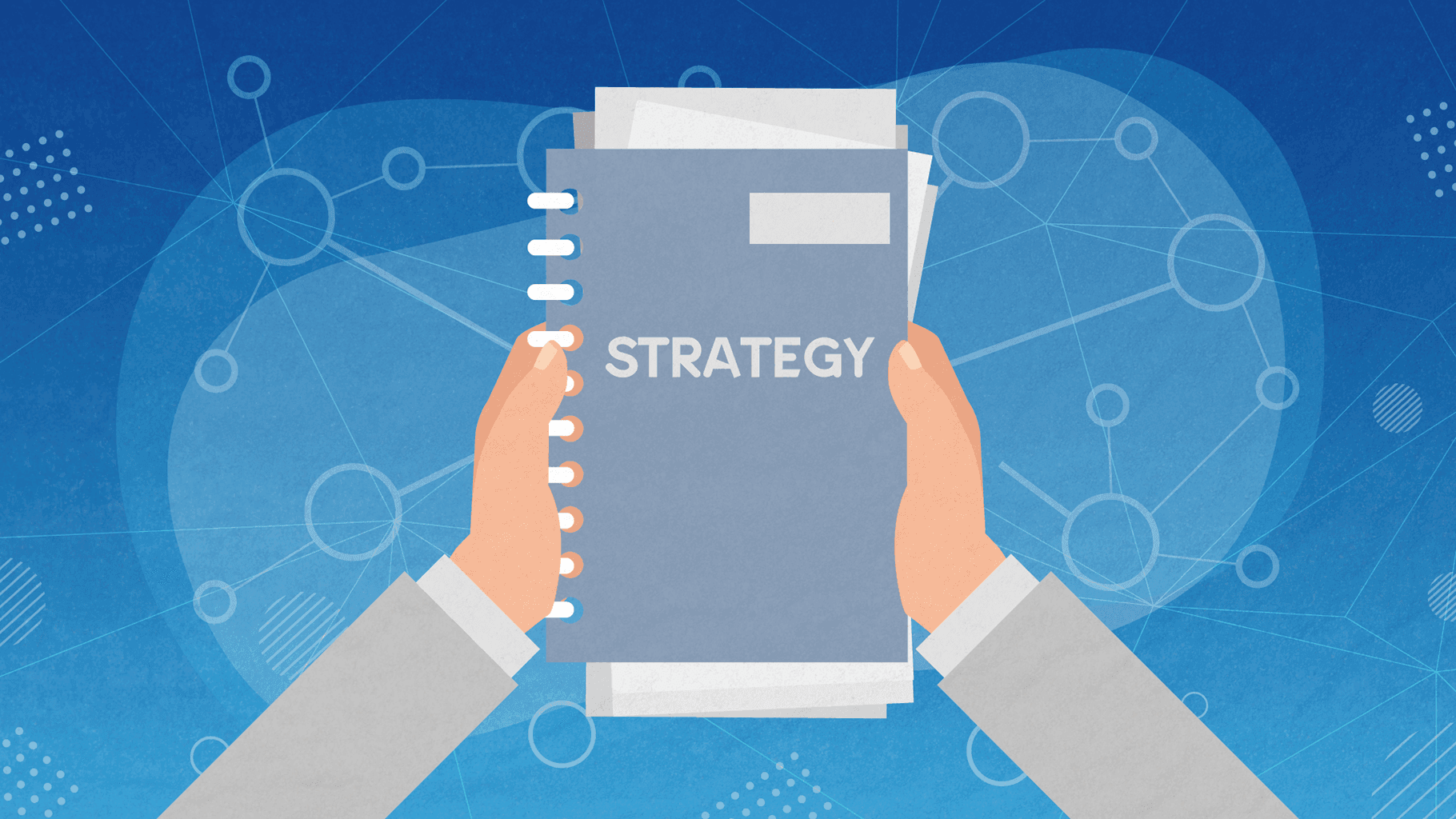How to Define and Foolproof Your IT Strategy

Every larger company, regardless of the niche and market it operates in, has similar high-level goals:
- To build exceptional operational efficiency
- To quickly and painlessly adapt to the customers’ ever-changing needs with a goal of achieving a better ROI
To meet these goals in 2021, most companies turn to software.
They look to build pragmatic application strategies and in the process, they rely on the help of next-gen technologies and approaches in application development, deployment and management. Different apps and tools help them measure, test, and automate every part of their existing business structure, and thus, influence the probability of success with the above-mentioned goals.
However, since every company is a story for itself, off-the-shelf solutions don’t always provide the best support. Companies, especially larger ones, often find themselves in a situation where they need to look beyond existing apps and tools that are within a hand’s reach and build custom applications from the ground up that are custom-tailored to their specific needs.
Even though this seems like a no-brainer solution, building the right application is often harder than people think.
Introduction to Building Your Own IT Strategy

Reaching out to a software development company without a plan in place often creates a lot of problems and discontent.
As a company that has been in software development, web, and app development for years now, we at Share IT have seen our fair share of disappointed customers who came to us looking to fix what other software development providers have broken.
Once we invest ourselves in figuring out where our colleagues have “slipped up”, nine times out of ten we figure out the actual problem is coming from the customer’s side, not the other way around.
In most cases, the lack of coherent and well thought out IT strategy from the customer’s side is what sinks the project and leaves everyone unhappy in the end.
A lot of legwork needs to happen from the customer's side prior to giving a development company the greenlight to go into production.
That’s why we’re going to share a step-by-step plan for creating an IT strategy so that you know which information you need to source internally before you decide to invest resources into building something with someone. Of course, you can always opt for reaching out to an external partner for consultancy services.
Step 1: Identify the Systems You Have in Place
This is always the most important, but also the most difficult part of the process for bigger companies; especially those that have experienced rapid growth. These types of businesses often face the same problem from an operational perspective: they outgrew their current systems in place but lack the creativity and bravery to start introducing changes.
These businesses usually have hundreds of long, overpopulated spreadsheets that don’t work anymore, but cleaning up the mess for them and figuring out a system that will get all the teams across the company to adapt to the new set of rules and procedures feels impossible.
However, ignoring the big elephant in the room doesn’t mean that it’s not there. The important thing to remember here is that most companies don’t introduce changes and invest in software because they’re bored, but because they need to.
The only way forward is to disrupt the stale process. To do that, companies need to first work hard in-house on a logical path forward with a clear understanding WHY things cannot stay the way they currently are. More importantly, how the status quo stands in the way of what they are looking to achieve.
Step 2: Lowest-Lift, Highest-Impact Areas of Improvement

Quite often, especially when we talk with bigger companies that have lots of verticals, we see friction coming from their internal teams. Every team has a different problem that needs to be solved and they tend to prioritize things that directly impact the performance of their work, and not the business as a whole.
Since most businesses don’t really have the resources (both people and finance-wise) to develop 5/6 projects at the same time, the company’s leadership team needs to prioritize activities and figure out how to justify the investment in one idea instead of five others that also need executing.
The best way to do that is to figure out what has the biggest influence on the entire company's bottom line and where specific investments can immediately help the company come closer to achieving its goals.
Step 3: Zoom In on the Chosen Priority
Once you have identified the lowest-lift, highest-impact area of the process you need to improve, you should divert your entire attention to creating an overall application strategy.
Based on your priorities, you will want to consider whether to pursue a single, consolidated system, a best-of-breed solution, or a hybrid one.
Your strategy should not only have your highest and most immediate priorities in focus, but also the more intermediate and long-term priorities as well. These priorities include such factors as the hosting and the apps roadmap.
Instead of focusing on just putting out immediate fires, you should take some time to identify a three-to-five-year plan for improving your system’s infrastructure. By this, we mean focusing on a plan that entails evaluation of the spin off system that originates from the application you’re currently building.
To get the most out of your investment, you need to think how to develop it further in the future, not just how to build it for an immediate need.
Once that is done, the final step revolves around integration.
This is where reverse-engineering enters the picture. You have to work backward from your goals to develop an integrated plan. Generally, businesses are happy to choose integrated software to fulfil all their needs and then add custom software solutions.
Still, this is not a rule to live by. There lots of businesses now that are also deploying a range of new technologies to not only improve their product but also reinvent their organizations.
Regardless which path you choose, your next steps should look like this:
- Identify how your new systems will integrate to legacy systems
- Work on data consolidation and strategy
- Identify and support infrastructure upgrade requirements to support the new strategy
- Set in motion organizational change management activities to support the new plan forward
However, that’s often easier said than done.
Need Help With Your IT Strategy?
If you’re aware of the value of using the right tools within your organization, but you’re not sure where to start, you can count on Share IT to help you out. We approach each client with a custom plan that fits their real business needs. After all, this is why you’re looking for a tailored solution instead of picking some out-of-the-box software, right?
Contact us today to set up an exploratory call. We’re more than happy to discuss your IT business needs and goals and we’ll give you a cost and time estimate.